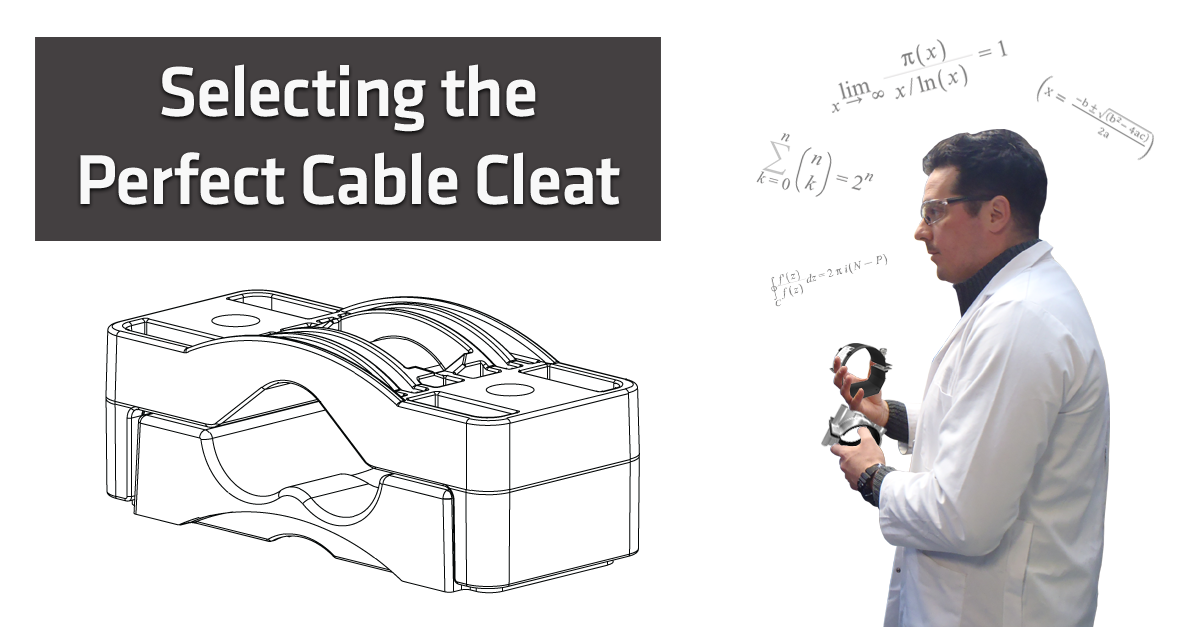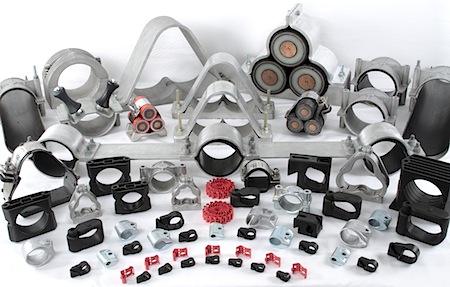Selecting the Perfect Cable Cleat
Specifying Cable Cleats: Selecting the perfect Cleat
“Which cleat should I use?”
“What size cable cleat for…?”
“How can I select the perfect cleat for..?”
“Who can specify / select cable cleats for me?”
Those are some of the most common questions we hear when it comes to selecting the perfect cleat. And the answer is always the same, “it depends”!
E-Tech Components can offer huge ranges of single way cleats, trefoil cleats, quad cleats and bespoke solutions designed and manufactured according to the application’s requirements from leading industry manufacturers.
To select the perfect cleat for your application, we take into consideration a big list of factors:
- Cable Formation: The Formation/ Configuration of the system (Parallel/ Flat Formation of Single Core, Trefoil Formation, Multicore Cables) will define the type of cable cleat required. That could be a Single Cleat, Trefoil Cleat, Quad Cleat, or this may even indicate that a bespoke solution may be required.
- Cable Type: One of the main factors to consider, during the cleat specification, is the type of cable that’s being used, Single or Multi-core. Another one is its Voltage Levels and Construction {Low Voltage (LV), Medium Voltage (MV) or High Voltage (HV)}.
- Cable Diameter: Overall Diameter of LV or HV Cable will help us choose what size of cleat suits our application. This dimension, the Outside Cable Diameter around the sheath, is also one of the requirements for calculating the short circuit forces the cable clamp may be subject to under fault conditions.
- Performance: Depending on the electrical installation application, the cleat might have to include material performance and cable cleat specification features to adhere to such as Fire Resistance (FR), Low Smoke Zero Halogen (LS0H/ LSZH), Low Smoke & Fume (LSF), Corrosion Resistance (Stainless Steel) and more.
- Short Circuit Rating: The Maximum Peak Fault (kA) that the cable may be subject to under short circuit conditions.
- Expansion & Contraction: Some cables expand and contract more than others due to changes in temperature. If the cable is constrained, considerable forces can be transferred to the supporting structure. To tackle this, single core cables are generally “snaked” making slight loops to take up the expansion and contraction.
Other factors include power system design, mechanical load, cable management structure and installation environment.
For more information and answers to Frequently Asked Questions on Clamps and Cleats (like “what are cable cleats?”, “when are they used?”, “cable cleat specification”, “correct cleat spacing“, “how to fix cable cleats” and more follow the link: What are Cable Cleats? The Definitive Guide
E-Tech Components Cleats
Our portfolio is massive, so don’t hesitate to contact our experienced Technical Sales Team to help you choose the perfect cleat.
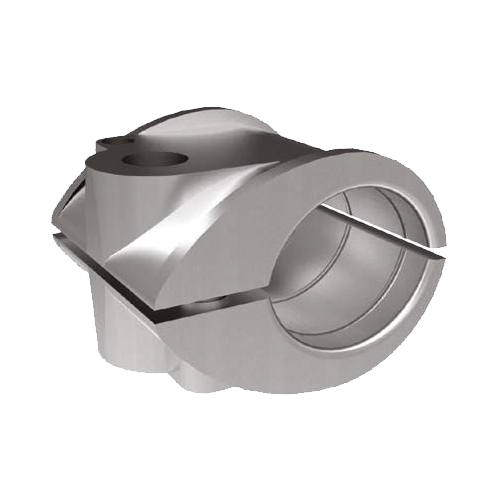
|
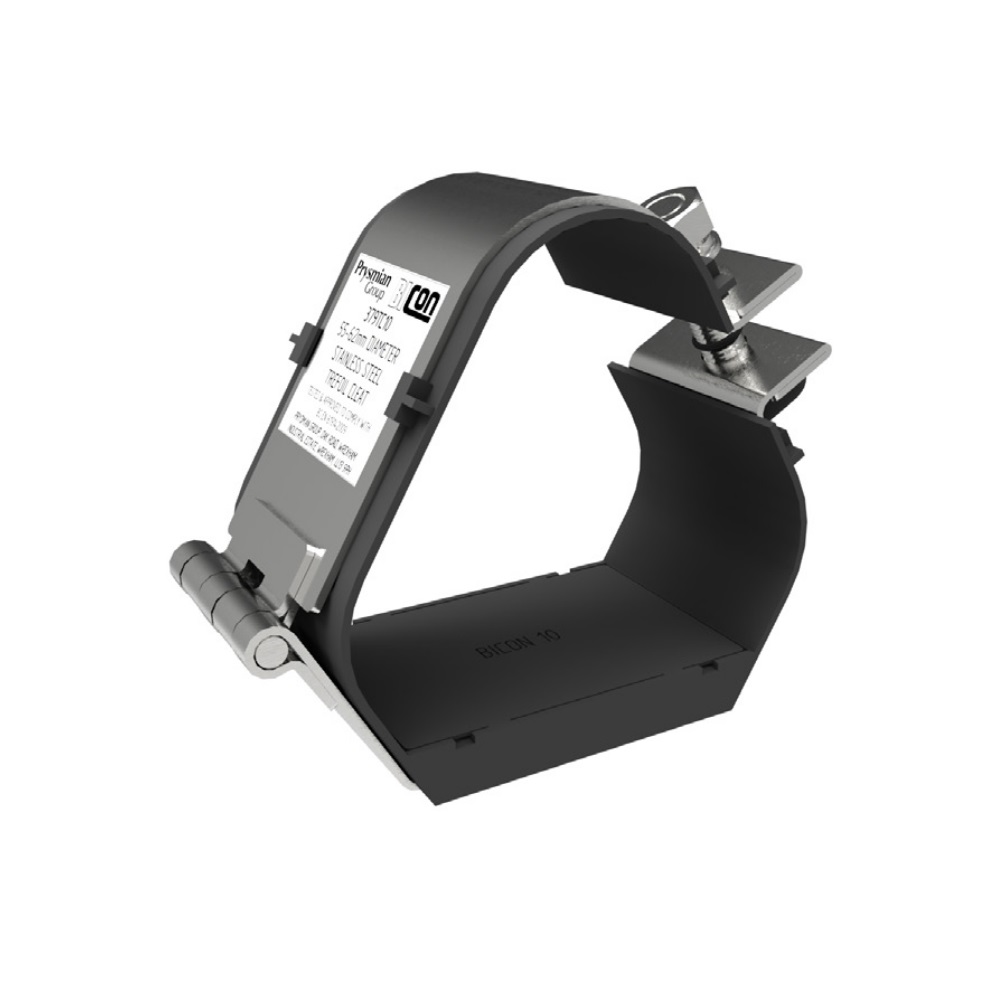
|
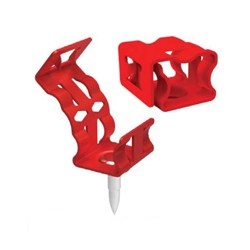
|

|
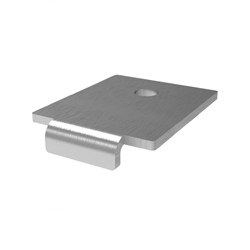
|
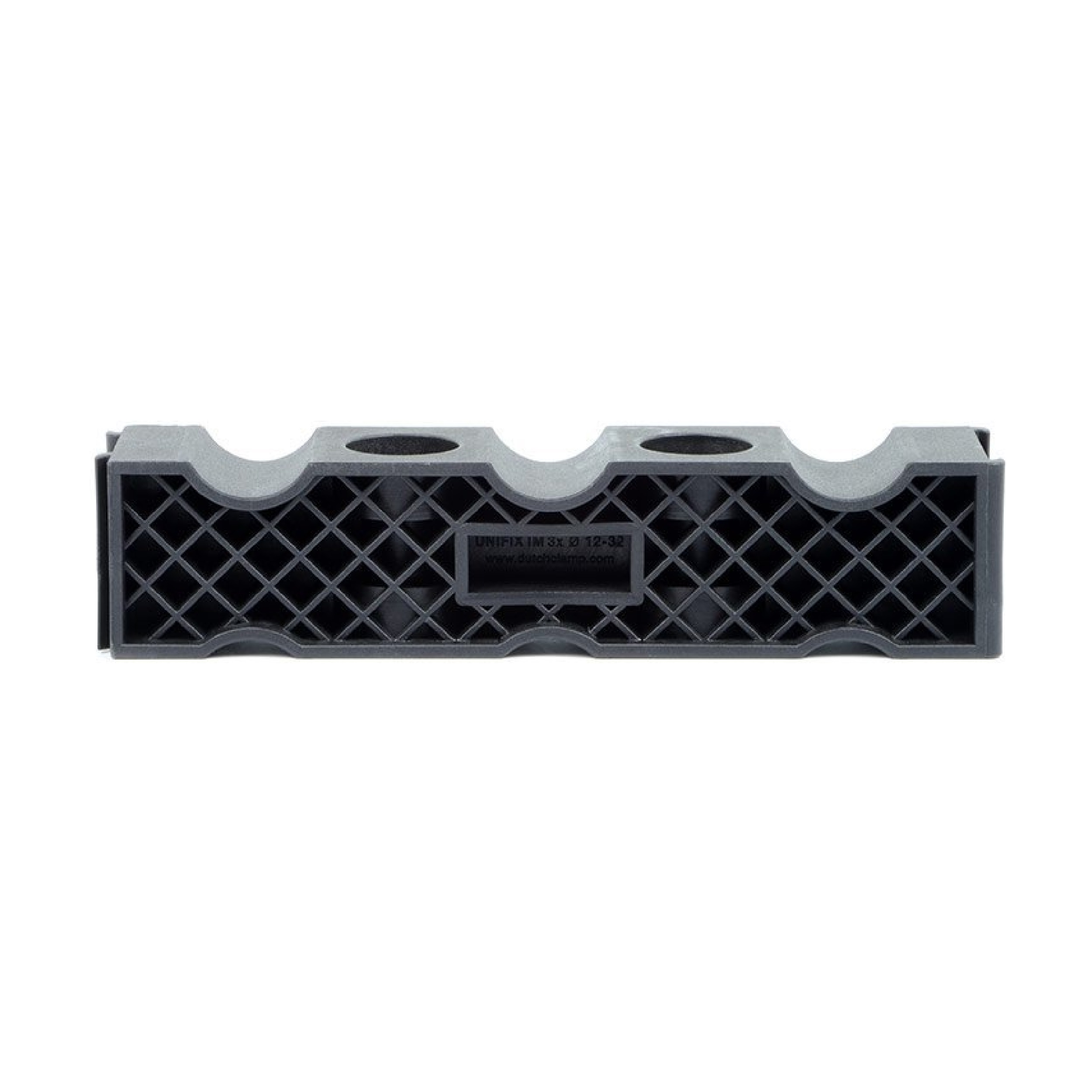
|
FREE Technical Advisory Service
E-Tech Components UK Ltd maintains a free technical advisory service.
Contact us about any questions, enquiries or requests you may have: +44 (0) 1744 762 929
